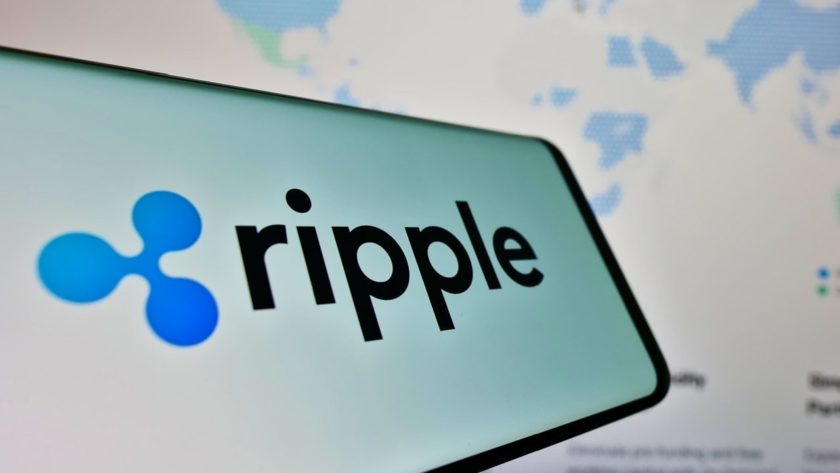Peer-to-peer cryptocurrency trading platform Hodl Hodl has announced their new mainnet now allows users to trade to and from their Lightning wallets. The launch is a significant development for Lightning Network adoption as it allows users to directly fund and spend from their Lightning wallets, June 5, 2019.
Lightning Made Easier
The traditional process of funding a Lightning wallet involved buying bitcoin on chain and sending it to a Lightning Network node or wallet. Hodl Hodl’s new service allows users to override the first step of the process by directly transacting through Lightning.
A person who wants to settle their Lightning balance doesn’t have to settle funds with their channel and then send their funds on chain – they can simply sell their BTC to Hodl Hodl and receive payment through an approved transaction method.
During the transactions, Hodl Hodl keeps the BTC in their own Lightning wallet until the terms of the contract have been met, mimicking an escrow service. However, this doesn’t affect the on chain multisig contracts on BTC, allowing the process to stay non-custodial.
The default option on the platform is still transacting on chain; users who want to transact over Lightning only need to click on the Lightning logo on the website header.
Since this is the first release on the mainnet, there are likely to be bugs despite the platform being cleared for basic functionality. Hodl Hodl encourages users to actively report any bugs they encounter while opening a Lightning contract on the platform.
To ensure the process of connecting to the channel is smoother, Hodl Hodl requests users to connect to their testnet and mainnet nodes.
Efficacy for Micropayments
Bitcoin maximalists are incredibly bullish on Lightning and believe it is the best way to transact with minimal fees. The community at large believes it isn’t necessary to scale on chain and leave the original Bitcoin layer for large transactions.
On the flip side, the big blockers of Bitcoin Cash (BCH) do not agree with the notion of scaling off chain. Their ideology rests in the concept of scaling on a single layer by increasing the block size so more transactions can be processed with low fees. To be frank, this has worked out well from them, but the low adoption on the network relative to Bitcoin means their blocks average only 970-1600 kB despite an 8 MB block size.
Lightning is definitely a viable solution considering its efficiency is positively correlated to the number of nodes and channels. The scaling paradox once again emerges as Lightning needs more users to work better but also needs to work better to acquire new users.
Like BTCMANAGER? Send us a tip!
Our Bitcoin Address: 3AbQrAyRsdM5NX5BQh8qWYePEpGjCYLCy4




